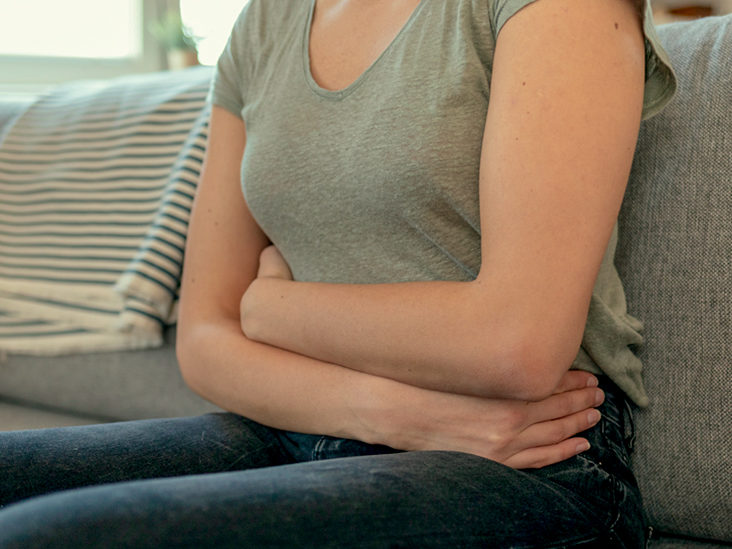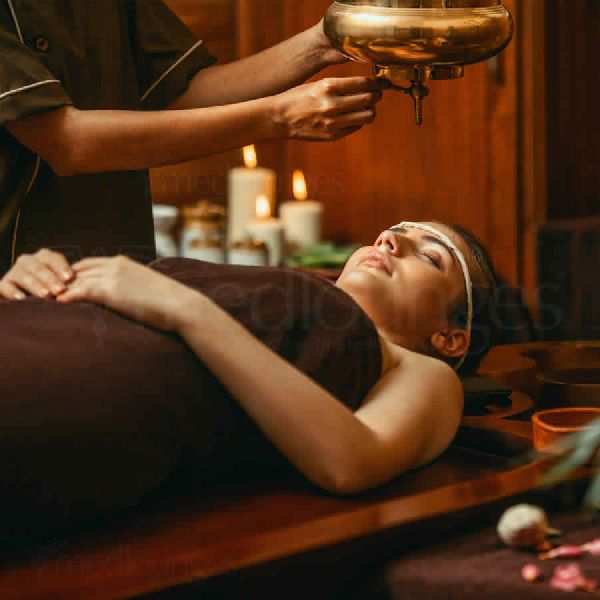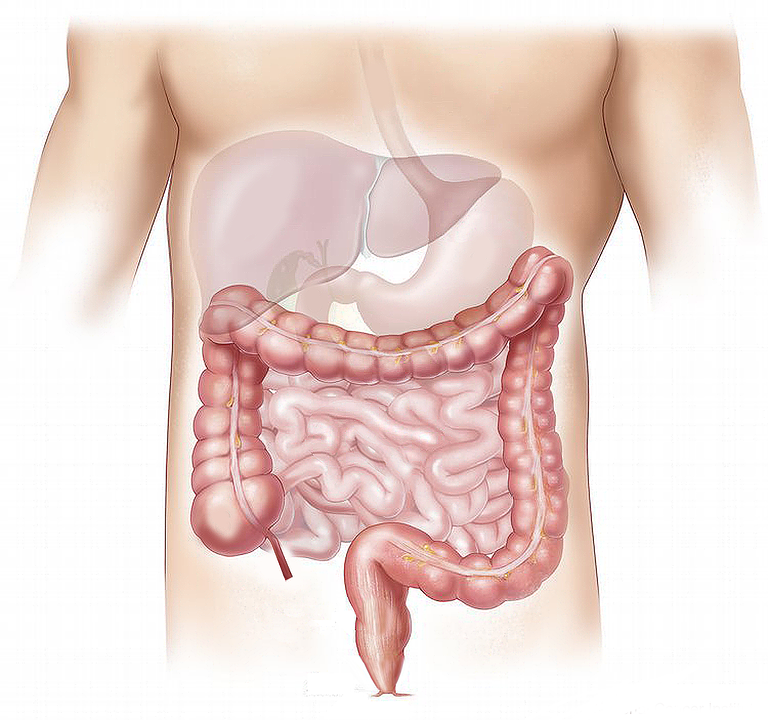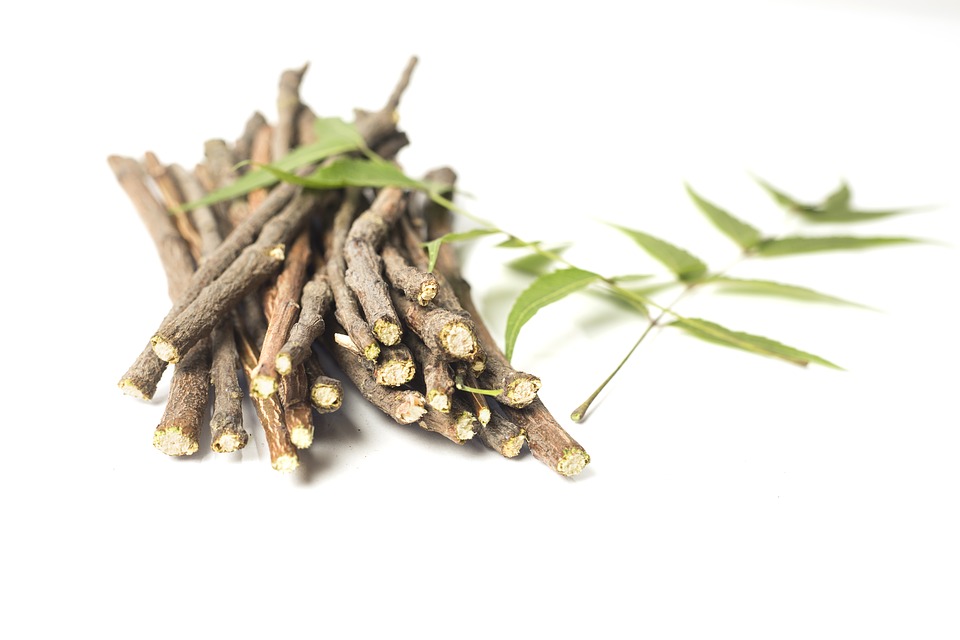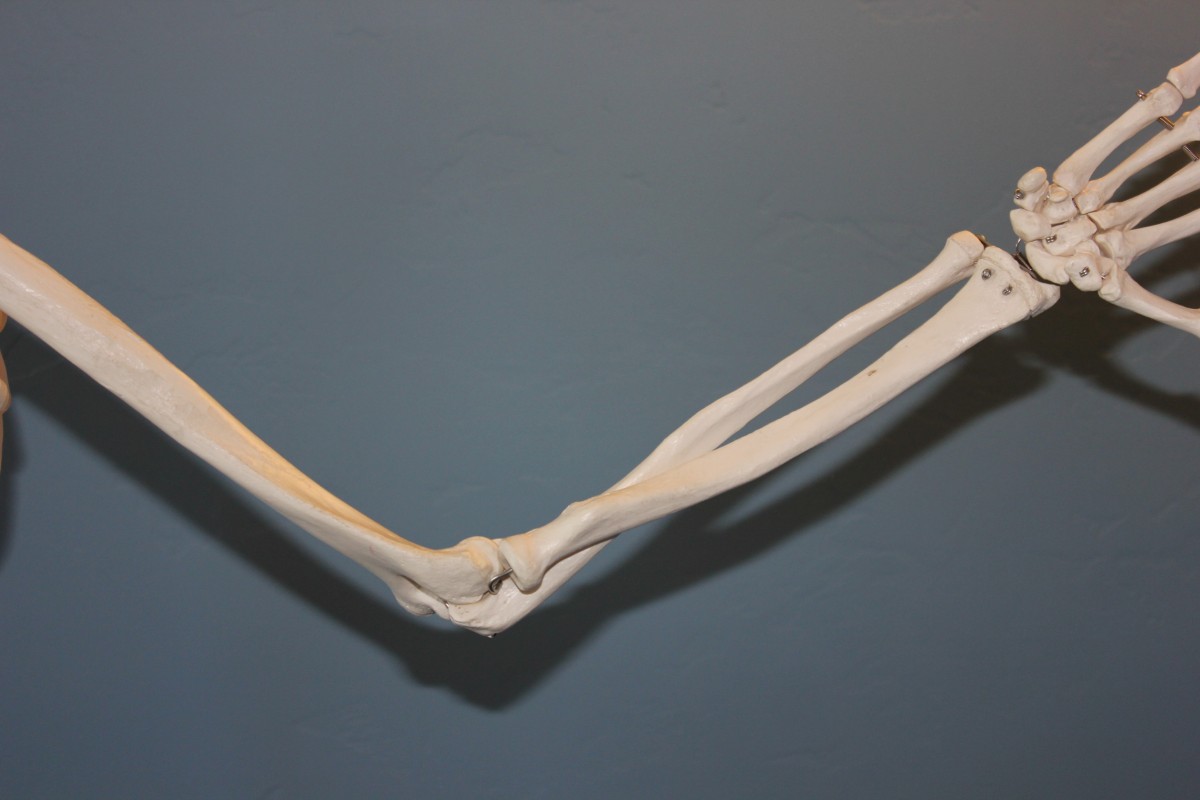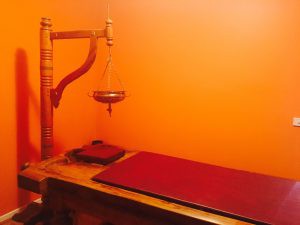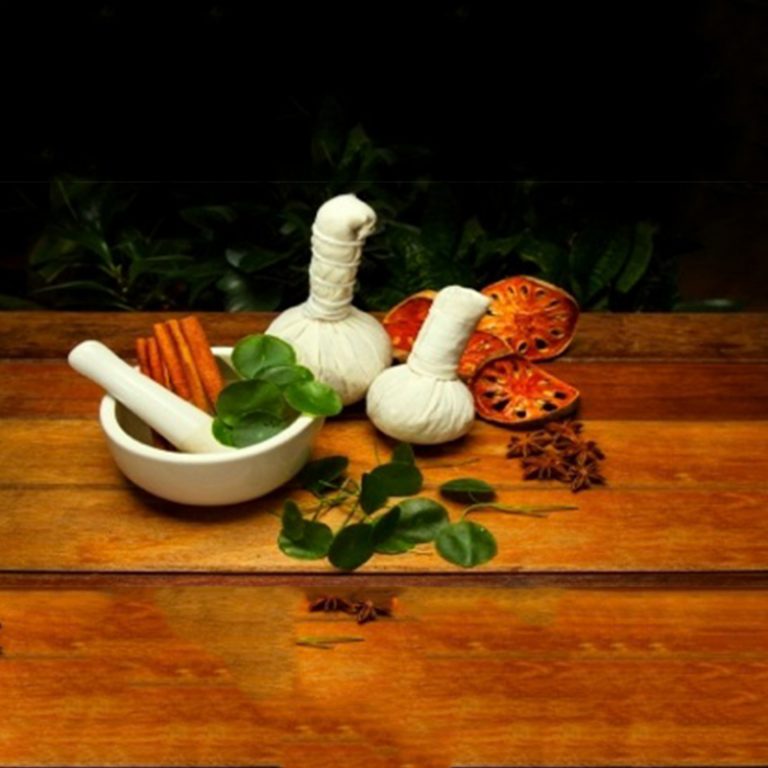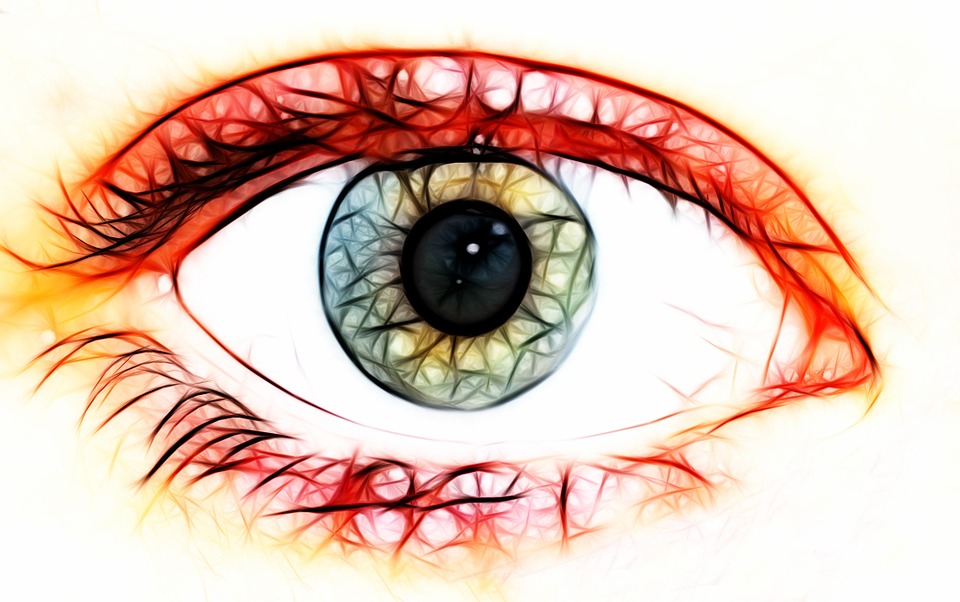Gastric Problems—according to Ayurveda and Treating Gastric Issues with Ayurveda. Lets understand with some fundamentals in Gastric issues and why gas in stomach? Why there is pressure in stomach and releases gas often. Lets find out the Gastric Problems according to Ayurveda.
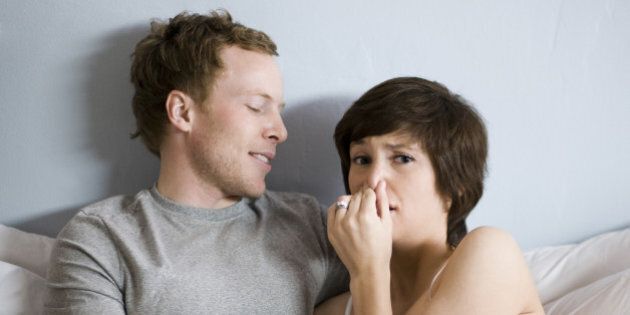
What is Bloating?
Bloating is nothing but an accumulation of gas in the abdomen, that feels like an inflated balloon. It is a very commonly reported symptom today.
Gastric Problem according to Ayurveda
According to Ayurveda, there are four clinical conditions that quite closely resemble each other–
- Aadhmana– stomach distention
- Pratiaadhmana– a collection of gas in the upper abdomen only, without pain
- Aanaha – distention of the stomach due to obstruction of the passage of urine and stool
- Atopa – gurgling in the gut, along with pain.
According to Ancient Ayurveda, bloating or gas is a Vata disorder (Vatvyadhi). It is accompanied by a weakened digestive fire (Agnimandhya).
Causes of Stomach Bloating/Gas
“According to Ayurveda, bloating is a Vata disorder (Vatvyadhi). It is accompanied by a weakened digestive or metabolic fire (Agnimandhya).”
Weak digestive fire and vitiation of Samana Vata—are the main reasons for bloating. The formation of biotoxins (Ama) is the second most common factor for severe colic pain.
Consumption of Vata-aggravating foods like beans, fried and frozen foods, dairy products and fermented foods can cause severe gas in the gut. Consuming incompatible food combinations such as milk and fish, having too much stress, and practising suppression of natural urges as–urination or defecation, can all create gas in the intestine causing colic pain in the abdomen.
Causes of Belly Gas
Ayurveda says–Vata-aggravating factors such as improper food and incorrect lifestyle (Vatprakopaka Ahara Vihara) can lead to abnormal conditions of the digestive fire (Agnidushti) and disturb the intestinal function. This can lead to improper digestion, causing gas– (Adhmana).
Adapting Proper Cooking Style Can Help Reduce Flatulence—
Vegetables that produce gas– must be cooked with digestive spices that can help in digestion and elimination of gas. A combination of cumin, coriander, and fennel–for better digestion. Turmeric, rock salt and asafoetida are excellent for eliminating gas and toxins.
Spices Used to Prevent Gas Formation
- Black pepper [Marich]– stimulates the digestive fire, acts as a digestive stimulant and promotes intestinal motility. It helps in painful conditions, Vata-related disorders, and bloating due to gas.
- Ginger[Sunth]– increases heat in the stomach and aids proper digestion.
- Cumin[Jeeraka]– ignites the digestive fire (Deepana) and promotes digestion (Pachana). It is useful in patients with weak digestive fire (Agnimandhya).
- Fennel [Mishreya]– is a carminative herb (Anulomana) which ignites digestive fire (Deepana) and removes toxins from the body (Amadoshahara).
- Garlic [Lasuna]–ignites the digestive fire (Deepana) and alleviates Vata (Vatahara). It helps in painful conditions (Shool), Vata disorders (Vatavyadhi), as well as colic accompanied by flatulence (Vatashoola). Garlic relieves constipation and helps treat disorders related to Vata imbalance.
- Asafoetida [Hing] stimulates the digestive fire (Deepana), promotes digestion (Pachana), acts as a carminative (Anulomana), alleviates Vata (Vataprashmana) and enhances the digestive enzyme action.
Some Ayurvedic Products Used to Treat Stomach Bloating:
- Abhayarishtam
- Jirakadyarishtam
- Dadimashtaka Churnam
- Panchakola Churnam
- Brihatvaiswanara Churnam
- Hinguvachadi Churnam
- Dadimadi Ghritam
- Balapunarnavadi Kashayam
- Gandharvahastadi Kashayam
- Rasnasaptakam Kashayam
Panchakarma Treatment—
Treating Gas with Ayurveda-
Observing fasting (Pachana) is advisable until Ama is detoxified. During this period, one can drink warm water, mung water, warm water with lemon and honey or have warm vegetable soups.
Vamana (Medicated emesis)-
In some cases, mild Vaman–followed by the proper Deepana, can be administered to eliminate all the biotoxins.
Snehana, Swedan and Paste-
Applying various warm Vatahara Oils, followed by hot steam—helps pass gas and soften the stomach. A similar effect can be achieved by applying the paste of Hing, Triphala, or Trikatu. Ajamoda with Takra or warm water can also be used. Applying warm Hingu water in the umbilicus also helps relieve gas.
Enema (Basti)—
For adults with severe pain, performing Aasthapana Basti (medicated decoction enema) gives immediate results. It aids in defecation and helps release gas.
In case of excessive dryness, the Ayurvedic expert may advise a course of an enema (Oil enema) for a week, depending on the severity.
Dietary Guidelines-
Ayurvedic nutritional advice (Ahara Vidhi Vidhan) proves to be very helpful in preventing most digestive issues, including bloating due to gas. Conscious and cautious eating results in the natural digestion and absorption of food. Thus, dietary practices promote both digestion and overall health.
- Freshly cooked food helps digestion. Food should be freshly prepared and warm as it stimulates the digestive Agni. Whereas, reheating affects the taste of the food and also slows down the digestion.
- The proper use of natural fats is critical as they lubricate the digestive canal and the visceral organs increasing their strength. Deep-fried food must be avoided unless prescribed.
- Food should be consumed, only if the previous meal is properly digested. This allows the body to eliminate waste.
- Proper hygiene of the self and a peaceful atmosphere is needed while having a meal.
- If the food is eaten too quickly, it will not provide the necessary nutrition to the bodyand might also increase the possibility of toxin generation. Hence, it is recommended to chew a bite 32 times for better digestion.
- Mindful eating helps digestion.
Madras Institute of Ayurveda [MIA], Chennai—is the centre of Ayurvedic medicine and treatment, where ancient tradition meets modern techniques. From Panchakarma treatment to Rejuvenation–all services are available. With facilities for a wide range of effective ayurvedic treatments such as Bloat belly, Gastric Problems and Belly gas on par with the highest standards and finest traditions dating back to the Vedic times, MIA has outpatient and in-patient services too. Connect with with to know more about Gastric Problems according to Ayurveda at www.miayurveda.org for any queries you may have.

